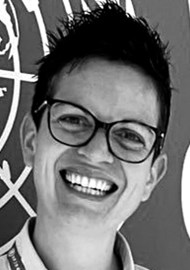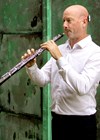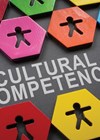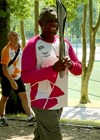Dr Dalia Tsimpida tells us about the art initiative she created in the midst of the pandemic to promote ear and hearing care, and celebrate the vibrant and diverse world of deaf identity.
In the face of the COVID-19 pandemic, the need for innovative ways to engage the public and raise awareness about health issues became more crucial than ever. As an advocate for hearing health across all stages of life, I embraced the challenge of organising an event during the pandemic and came up with a creative solution to promote ear and hearing care globally through art.
This led to the birth of the ‘Hearing Care for ALL’ Virtual Gallery Project, an extraordinary initiative supported by the Institute for Health Policy and Organisation (IHPO) and funded by the World Health Organization (WHO).

Screenshot of the ‘Hearing Care for ALL’ Virtual Gallery. @Dr Dalia Tsimpida
Engaging the public
The goal of the ‘Hearing Care for ALL’ Virtual Gallery Project extended beyond promoting hearing health; it was a celebration of the vibrant and diverse world of deaf identity. We understood the significance of highlighting the unique experiences and perspectives within the deaf community. To achieve this, we harnessed the power of art as a medium of expression, fostering a deeper understanding and appreciation for the rich tapestry of deaf identities. Our efforts included a series of engaging online activities on World Hearing Day 2021, which successfully reached and involved the general population, policymakers, and healthcare professionals. Through these activities, we aimed to raise awareness about the importance of early detection of hearing loss, while promoting dialogue and understanding [1].
Deaf identity in art
Art has always been a powerful means of self expression and, within the ‘Hearing Care for ALL’ Virtual Gallery, it became a conduit for exploring the multifaceted nature of deaf identity. Through visual art, photography, and poetic expressions, we celebrated the diversity within deaf communities, highlighting various aspects of culture, language, and shared experiences across the world. The artwork challenged stereotypes, shattered misconceptions, and brought forth a deeper understanding of the richness that deaf identity encompasses.
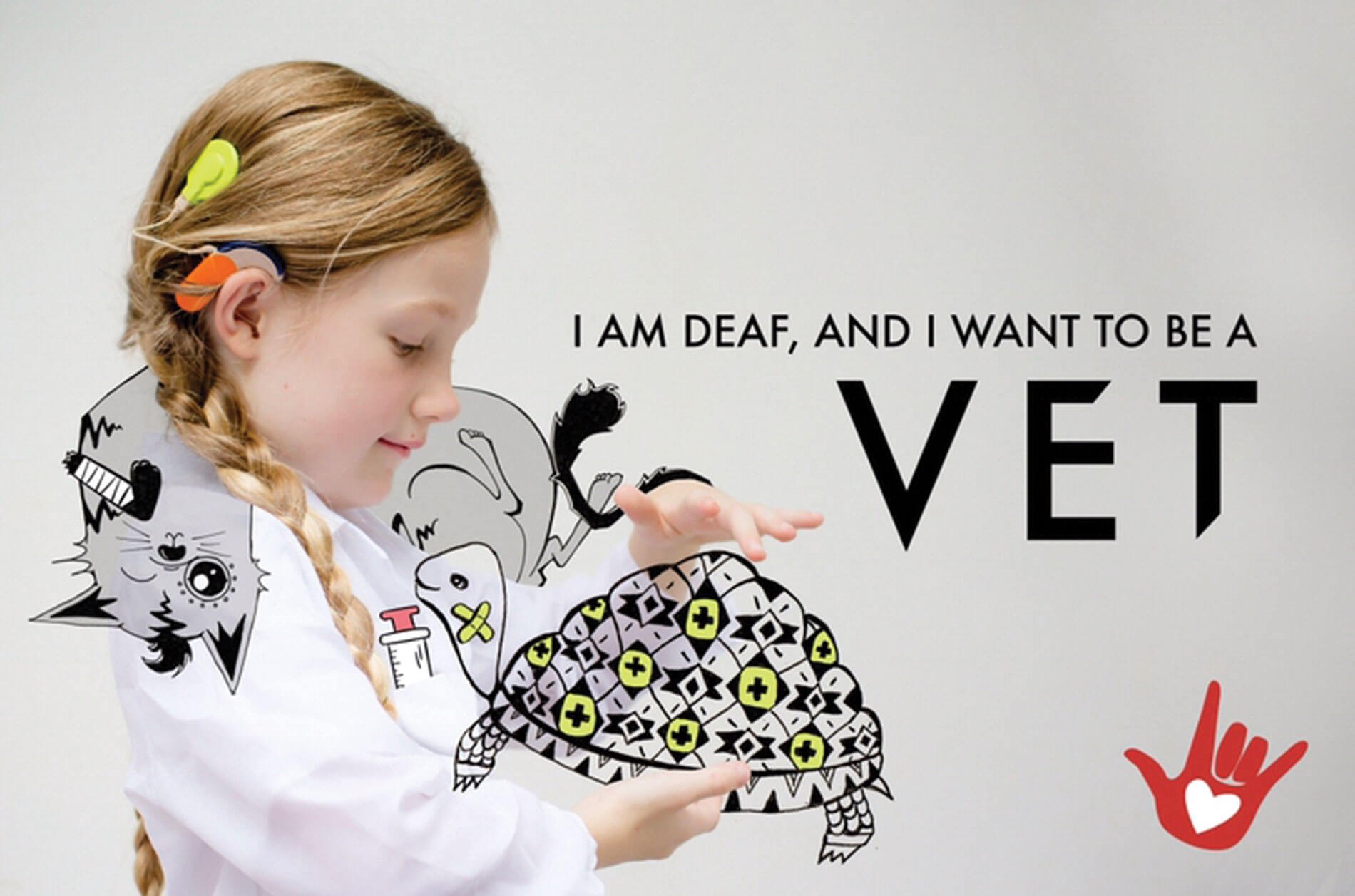
By not identifying deaf children early and then not being able to rehabilitate early, we limit
the opportunities that deaf children have. They deserve to dream just like everyone else!
Screen! Rehabilitate! Communicate!...as early as possible! © Julie Smith-Belton
Promoting empowerment and awareness
By including deaf artists and their unique narratives within the Virtual Gallery, we fostered a sense of empowerment and pride within the community. Showcasing their creations aimed to inspire individuals with hearing loss, encouraging them to embrace their identity and advocate for their rights and beliefs. Simultaneously, the broader public gained a better understanding of the deaf community’s challenges, achievements, and aspirations, breaking down barriers and promoting inclusivity.
We harnessed the power of art as a medium of expression, fostering a deeper understanding and appreciation for the rich tapestry of deaf identities
Changing perceptions
The Virtual Gallery project provided an opportunity to challenge societal perceptions of deafness. By showcasing the artistic talents and accomplishments of deaf individuals, we aimed to shift the narrative from a focus on disability to a celebration of diverse abilities. Through these creative expressions, we conveyed that deafness is not a limitation but a unique aspect of identity that should be respected, valued, and supported.
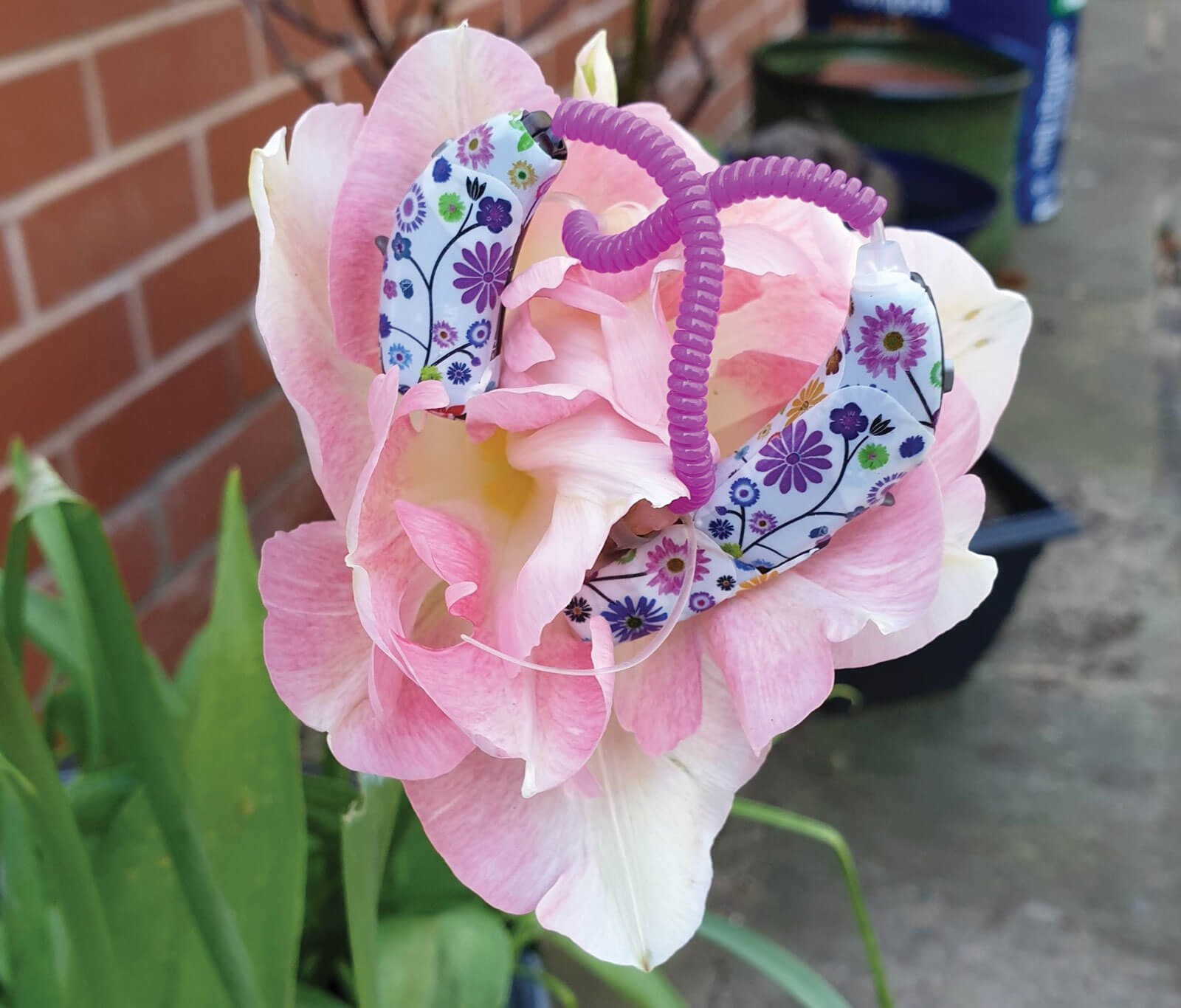
Why should hearing aids be boring beige, brown and black? It’s almost as if we are being encouraged
to hide them away. Hearing aids do amazing things. They make such a difference in our lives.
Why should we be embarrassed by them? I make my aids bright as butterflies! © Lisa Caldwell
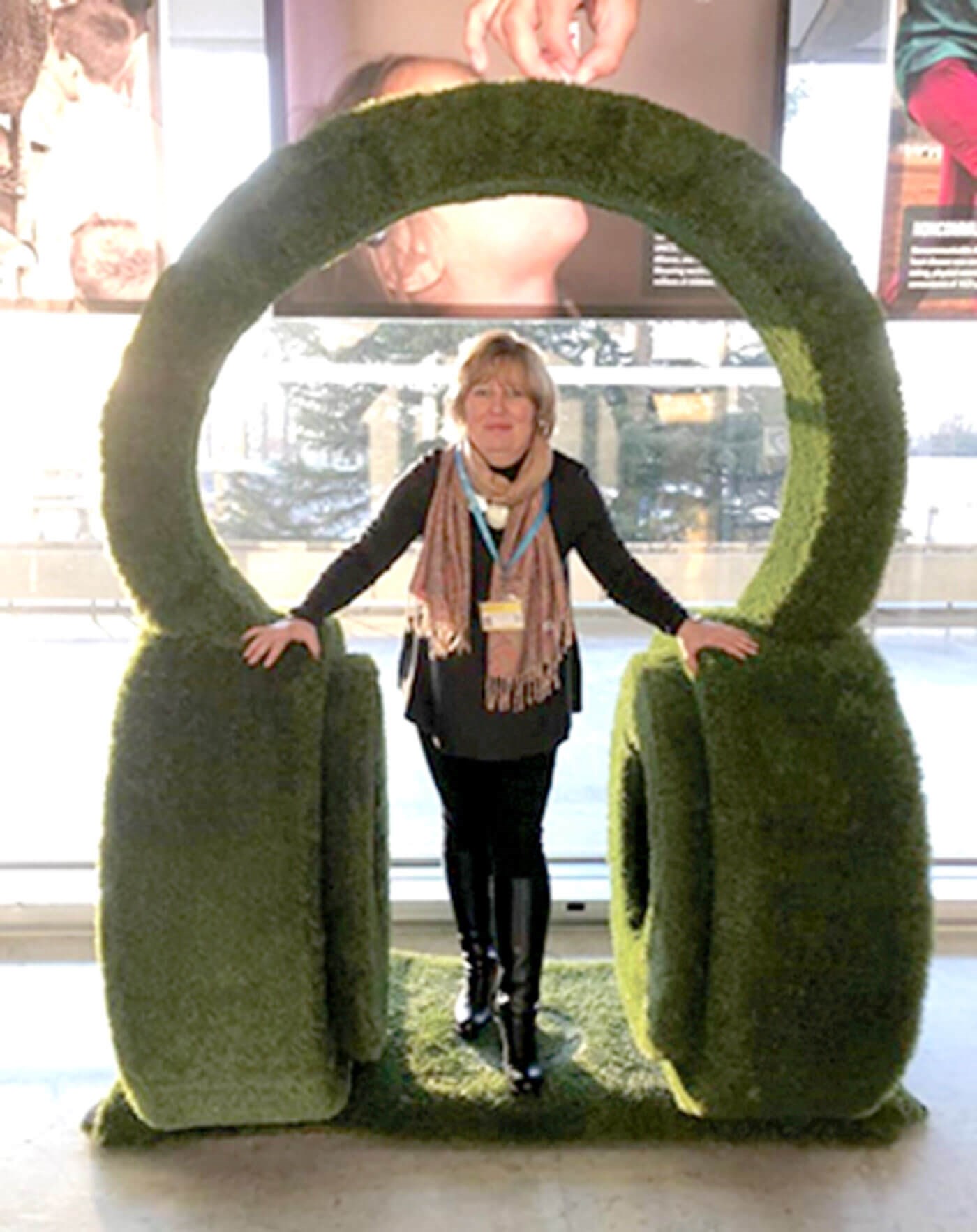
Lidia Best, CPACC, Accessibility Advocate, President at European Federation of Hard of Hearing People (EFHOH).
Photo taken at WHO HQ, during launch of global guidelines for safe listening. © Mark Laureyns
Global impact
Thanks to the support of the WHO, the ‘Hearing Care for ALL Virtual Gallery’ project garnered international attention. With 45 incredible entries from 15 countries, the gallery attracted over 3000 visitors. Through social media platforms like Twitter, our activities reached over 18.5k people, amplifying the message of hearing care to a vast audience.
Groundbreaking research findings
The Virtual Gallery Project was also an opportunity to disseminate insights from our study that revealed that, contrary to common belief, hearing loss is not related to the age of the population, but linked to social and lifestyle changes [2]. This revelation emphasises the urgency of promoting hearing care across all age groups and stages of life [3].
Conclusion
The ‘Hearing Care for ALL’ Virtual Gallery Project goes beyond promoting hearing health; it celebrates the beauty and resilience of people with hearing loss. Through the power of art, we created a space to showcase diverse deaf identities, fostered empowerment within the community, and raised awareness among the general public. As members of the World Hearing Forum of the World Health Organization (WHO), we aim to continue to promote dialogue, understanding, and inclusivity, ensuring that deaf individuals are recognised and supported in their journey towards a more inclusive society. By breaking down barriers and engaging people through art, we can challenge societal perceptions, transform negative stereotypes, and create “a world in which no person experiences hearing loss due to preventable causes and those with unavoidable hearing loss can achieve their full potential through rehabilitation, education and empowerment” [4].
It is essential to recognise that deafness is not a limitation but a unique aspect of identity that deserves respect, acceptance, and support. Remember, the journey to better hearing for all begins with each one of us. Join us in our mission to break barriers, challenge perceptions, and promote the importance of hearing care. Together, we can create a world where everyone’s voice is heard and valued.
You can visit the ‘Hearing Care for ALL’ Virtual Gallery at:
https://www.artsteps.com/view/6030fdedb05eee24c2d54c34
References
1. Tsimpida D, Rajasingam S, Panagioti M, Henshaw H. The leaky pipeline of hearing care: primary to secondary care evidence from the English Longitudinal Study of Ageing (ELSA). Int J Audiol 2023;Epub ahead of print.
2. Tsimpida D, Kontopantelis E, Ashcroft DM, Panagioti M. Regional patterns and trends of hearing loss in England: evidence from the English longitudinal study of ageing (ELSA) and implications for health policy. BMC Geriatr 2020;20(1):536.
3. Tsimpida D, Kontopantelis E, Ashcroft DM, Panagioti M. Conceptual Model of Hearing Health Inequalities (HHI Model): A Critical Interpretive Synthesis. Trends Hear 2021;25:233121652110029.
4. World Health Organization. World report on hearing. 2021.
www.who.int/publications/i/
item/9789240020481
Last accessed July 2023.


